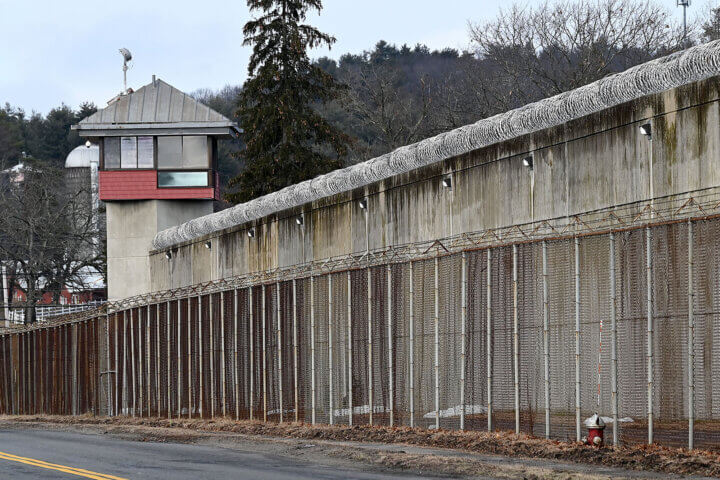By Betsy Levinson — Betsy@theconcordbridge.org
The Finance Committee kicked off its Fiscal Year 2026 guideline process by vowing to be more transparent and welcoming.
“We want more community engagement,” said Lyndsey Lis, a member of the Guideline Subcommittee.
In its annual process, the FinCom studies economic factors affecting taxpayers and the needs of various town departments. Then it issues a recommendation for the percentage by which budgets should increase.
At a recent meeting, Lis sought comment based on what went right last year and what could be improved for the coming year.
On the positive side, she noted last year’s guideline process “showed town residents the impact of current spending on future tax increases.”
But Lis said the guideline committee “did not have enough information to present a preliminary guideline,” only issuing a final number. She also noted the committee did not have information on Concord-Carlisle High School enrollment shifts, “so we did not adjust school guidelines to account” for those.
Typically, the process starts in September with the FinCom soliciting anticipated budget increases from the town and schools and combining it with government data regarding wage and income raises, new growth and inflation.
According to Chair Eric Dahlberg, the committee expects to issue its final guideline for budget increases in November.
With the next Annual Town Meeting coming so late next year — starting on June 2, 2025 — the committee felt it could take more time with setting the spending guideline for increases to town and school budgets.
Along with budget facts and figures, the FinCom seeks to be responsive to residents’ ability to pay their taxes, Lis said.
To that end, the committee plans to hold open guideline meetings in July and September to “provide ongoing updates to the community and seek to understand the concerns and priorities of residents.”
“We want to hear from residents what they can handle,” she said.
Don Kupka suggested “adding another lens” to the process to capture the average household expenses and the costs of the average student to “bring it down to the individual level.”
An additional area for improvement is to show the percentage change in future taxes, “putting more emphasis on the absolute change and on the total taxes” residents can expect to pay in the years ahead, Lis said.
Capital expenses
The FinCom treated capital expenses for town and schools differently last year, especially with smaller Tier 1 capital spending, or projects costing up to $100,000. Town departments included capital projects within the guideline, while the schools handled them as separate warrant articles.
Capital spending has three tiers: Tier 1, up to $100,000 within the levy limit funded by cash or debt within the levy limit; Tier 2, more than $100,000 up to $5 million, funded in the same way as Tier 1; and Tier 3, more than $5 million, or outside the levy limit and requiring a debt exclusion override.
Based on the different treatment, “the town had the appearance of receiving a higher guideline” since the schools’ capital projects weren’t included in their operating figures.
Select Board Chair Mary Hartman said the result caused confusion for board members.
“It was a mess,” she said.
For the coming year, Lis said the committee would “encourage treating Tier 1 capital the same across town and schools.”
The FinCom is holding a joint meeting with the Select Board on July 8.
After that, its next meeting is July 18.






